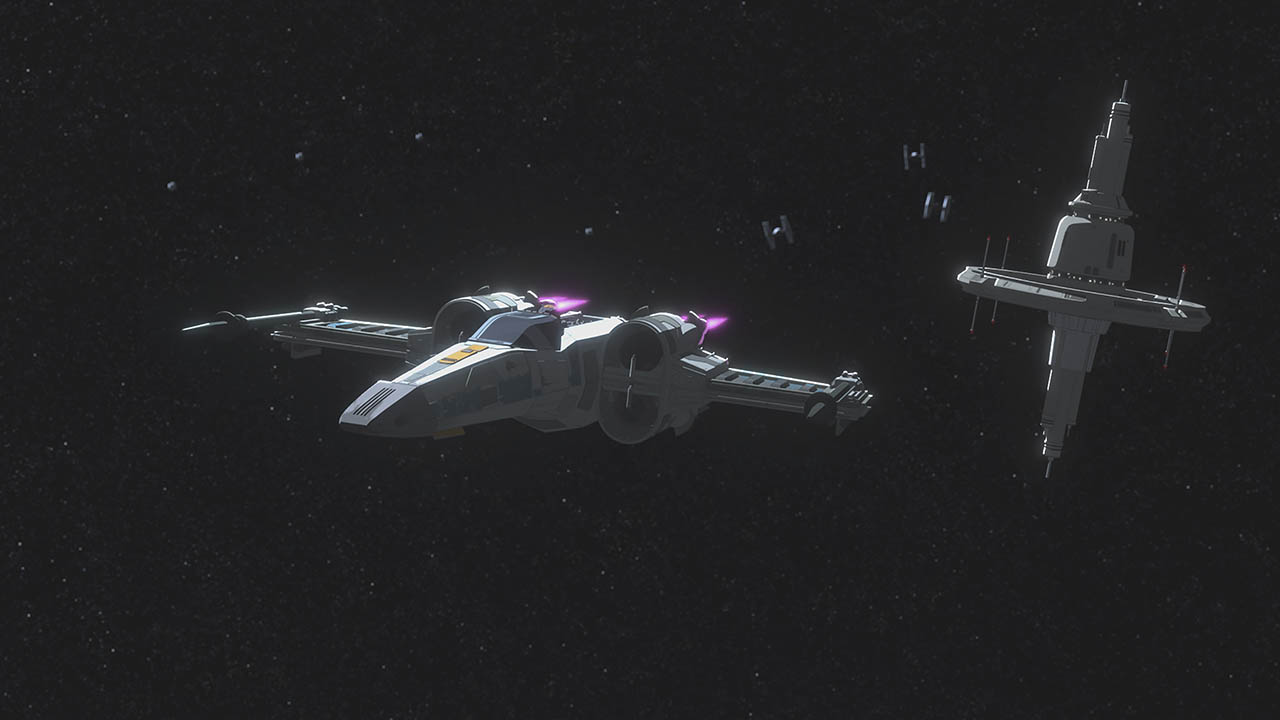 Name: Envirosuit (Enviro-suit, environment suit, pressure suit, g-suit, space suit, vac suit, vacc suit, or EVA suit)
Type: Survival Gear
Cost: 2000 Credits
Availability: 1
Game Notes: Provides full atmospheric, chemical and biological protection for up to 8 hours.
Description: An enviro-suit, environment suit, pressure suit, g-suit, space suit, vac suit, vacc suit, or EVA suit was a sealed, self-contained suit (including helmet) worn by a humanoid to survive in hostile environments, such as poisonous gas, deep ocean water, or vacuum. They provided breathing substance-such as oxygen-and maintained necessary pressure inside the suit. They were normally used in Type IV atmospheres, but with some exceptions. They also had an EVA durability of eight hours, and likewise were classified under Class D spacesuits.
There were many types of enviro-suits in the galaxy, as indicated by the variety of names which this type of outfit was called. Their common feature was that they offered protection for the wearer from lethal or nearly-lethal effects of the environment.
The majority of the species in the galaxy could not survive in every environment, due to one or more factors:
Most species' bodies contained internal voids such as veins, lungs, or swim bladders, which held various fluids. An individual exposed to sufficiently low pressure could suffer severe damage from the expansion of these fluids, even to the point of organ rupture. In most Near-Human species, blood pressure was insufficient to rupture major blood vessels even in total vacuum, so the greatest risk was to the delicate gas-exchange sacs in the lungs. However, species which evolved in high-pressure environments, such as Skakoans, could literally burst in the vacuum of space.
Low pressure could also cause complications due to the effervescence of gases dissolved in internal liquids and tissues.
Most species required a constant supply of some breathing fluid, often gaseous oxygen or oxygenated water. Without this, they would suffocate within minutes or seconds.
Most species required protection against atmospheres that were toxic to their biology.
Common characteristics of enviro-suits were that they sealed the user's body from the environment hermetically. For most species, however, if they wanted to work or just survive for a longer period in the hostile environment, they had to carry at least an amount of their own atmosphere with them for breathing and for maintaining the pressure around their body. The supply for this atmosphere was usually in a high-pressure tank mounted on the back of the suit, which carried an amount of the user's atmosphere which was usually enough for a few standard hours of average activity. Most environmental suits usually provided their users with some degree of protection from heat, too.
Enviro-suits were often used in space. To allow mobility for the user in zero gravity, they were usually fitted with jetpacks.
Although some enviro-suits allowed underwater exploration, not all did.
Typically, enviro-suits were used by individuals to enter space, often for the purpose of doing repairs on the surface or in the depressurized compartments of starships or space stations, usually if there were no droids available for this task. The typical enviro-suit for this purpose was often called a space suit.
The usage of enviro-suit covered even military activities: in the Clone Wars, the Republic's clone troopers were able to assault enemy starships directly through space, when they were equipped with a specialized armor with jetpacks, which was of course also an enviro-suit. A famous example was when, under the command of General Saesee Tiin, the troopers of the seriously damaged Star Destroyer, the Impavid, captured the Prosperous, a Confederate Providence-class destroyer in the Battle of Coruscant. Later under the Empire, the stormtroopers had a special division called space troopers, whose special armor was in fact a reinforced environmental suit with a jetpack on the back. These type of stormtroopers were deployed sometimes in space battles, where their task was to sabotage enemy starships after landing on their surface. At the same time, the Rebel Special Forces SpaceOps used a lighter variant of enviro-suit. This was equipped with a jetpack that used short a burst to propel the Marine through space.
Another area of frequent usage was the activity of dry-land species under water, members of which would otherwise suffocate or be crushed by the high pressure of kilometer-thick water layers. This type of enviro-suit was sometimes called pressure suit. Regular spacesuits, however, could not function underwater due to pressure differences, as evidenced by Han Solo's attempted usage of a spacesuit to retrieve the Millennium Falcon from lake worms on the planet Daluuj and becoming overwhelmed in little time.
Some species had to wear a pressure suit on almost any planet other than their homeworld. Famous examples were the Skakoans, who could only travel to other planets wearing a special protective suit since they would suffer severe decompression in typical Type I atmospheres.
Revan wore an enviro-suit to survive the high pressure at the bottom of the Hrakert Rift on Manaan in 3956 BBY. Later that year, Revan, Carth Onasi, and Bastila Shan also donned environmental suits in order to access the bridge of the Leviathan, which had been sealed off.
The miners at the Peragus Mining Facility wore such suits when working in vacuum, as did Meetra Surik when she visited the facility in 3951 BBY. Mira later stole the suit from Surik and used it to gain entry into the Jekk'Jekk Tarr.
Darth Tenebrous and his apprentice, Darth Plagueis, wore enviro-suits on the planet Bal'demnic.
During the Clone Wars, Obi-Wan Kenobi wore a space suit to sneak aboard Count Dooku's frigate to "rescue" Anakin Skywalker. Skywalker had allowed himself to be taken captive in a planned operation to capture the leader of the Confederacy of Independent Systems.
On their mission to infiltrate Centerpoint Station in 40 ABY, Jedi Knight Jacen Solo and his apprentice Ben Skywalker donned environmental suits in order to move on the airless surface of the station.
|












